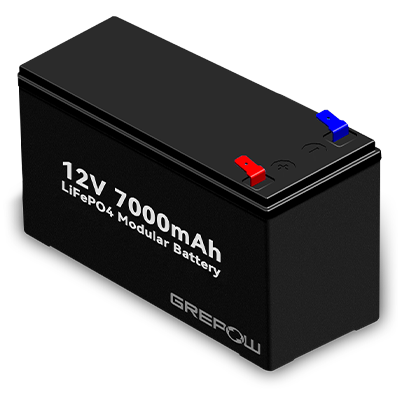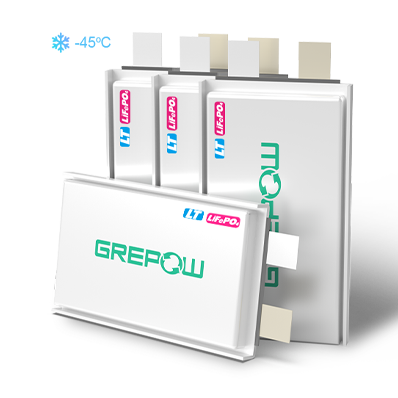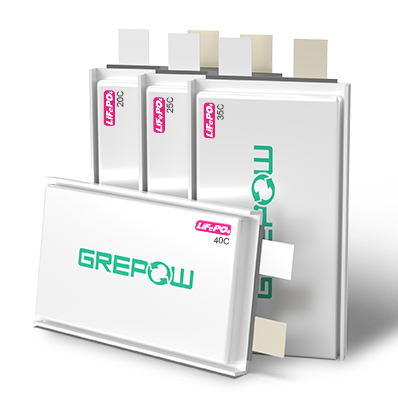What Does DIN RAIL DC UPS Mean and the Battery Power?
What Is DIN RAIL?
DIN RAIL is a universal mounting bracket widely used in the installation and maintenance of various industrial and electronic equipment. DIN RAIL is typically a standardized metal rail with dimensions, shapes, and mounting hole distances that comply with the German Industrial Standard (DIN), hence the name DIN RAIL.
DIN RAIL is commonly used for installing and securing electrical,
electronic, and automation equipment such as controllers, relays, PLCs, and
power supplies. It can be fixed in cabinets, electrical enclosures, control
panels, and other equipment by using mounting holes and slots, providing a
stable support and installation environment. DIN RAIL can also be customized in
different lengths, materials, and shapes to meet the installation requirements
of different equipment.
DIN RAIL offers advantages such as simple structure,
convenient installation, and reliable safety, making it widely used as a
mounting bracket in industrial and electronic equipment. Besides the DIN
standard, there are also other standards and forms of rails used in specific
application areas, such as the National Electrical Manufacturers Association
(NEMA) standard in the United States and the British Standard (BS) in the
UK.
What Does DIN RAIL DC UPS Mean?
DIN RAIL DC UPS stands for DIN Rail Direct-Current Uninterruptible Power
Supply. It is a device used for direct current (DC) power systems, designed to
provide backup power in the event of a power outage.
DIN Rail refers to a
standardized metal rail typically installed in electrical equipment control
cabinets or distribution boxes. DIN RAIL DC UPS is designed to be installed on
this standard rail, facilitating integration into the electrical control system.
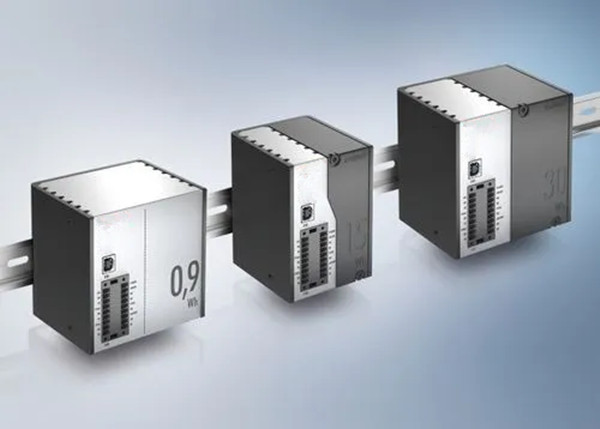
DIN RAIL DC UPS and Its Power Supply(Pic: Internet)
DIN RAIL DC UPS typically consists of one or multiple batteries, which convert external DC power sources (such as the power grid or other DC power sources) into stable DC power suitable for equipment through rectifiers. When the external power source fails or is interrupted, the battery pack automatically provides power, ensuring uninterrupted power supply to the equipment, preventing data loss or system failures. Therefore, the battery backup for DIN RAIL DC UPS is necessary. And Knowing more about the batteries is helpful for our decision.
What Batteries Are Good For DIN RAIL DC UPS?
For DIN RAIL DC UPS, the choice of a suitable battery type depends on specific application requirements and budget considerations. Here are several common battery types:
1.Lithium iron phosphate (Short for LiFePO4/LiFe/LFP) batteries (One of Li-ion Batteries)
Lithium-ion batteries offer high energy density and low self-discharge rates. They are recognized as environmentally friendly batteries, with minimal environmental impact. LiFePO4 is the safest type in LIBs. Additionally, they are lighter, have longer lifespans, higher cycle counts, and require no regular maintenance compared to lead-acid batteries. However, they tend to be relatively more expensive.
2.Nickel-Metal Hydride Batteries
Nickel-metal hydride batteries are an
environmentally friendly alternative to nickel-cadmium batteries, without the
environmental concerns associated with cadmium. They have higher cycle life and
lower self-discharge rates, but their energy density is relatively lower. Under
the same power output, lithium iron phosphate batteries would have smaller
volume and weight compared to nickel-metal hydride batteries.
3.Nickel-Cadmium Batteries
Nickel-cadmium batteries are a reliable backup power option with good cycle life and high temperature tolerance. They are relatively heavier and contain the environmentally hazardous substance, cadmium. Therefore, the use of nickel-cadmium batteries may require compliance with specific environmental regulations.
4.Lead Acid Batteries
Lead acid batteries are a cost-effective and mature choice, providing reliable backup power support. They have high energy density and can deliver high current in a short period. However, they are relatively heavier and require regular maintenance.
When selecting the appropriate battery type, factors such as capacity requirements, system weight limitations, battery lifespan, environmental considerations, cost, and safety requirements should be taken into account. The best choice will depend on your specific application and prioritized factors.
Why Use LiFePO4 Batteries for DIN RAIL DC UPS?
Compared to lead-acid batteries, there are several advantages and disadvantages of using lithium iron phosphate (LiFePO4) batteries for DIN RAIL DC UPS:
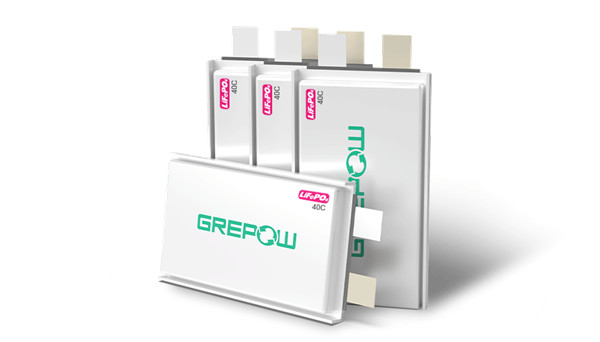
1. Advantages of Using LiFePO4 Batteries for DIN RAIL DC UPS:
●Long lifespan:
Over 2000 cycles, LiFePO4 batteries' significantly longer than lead-acid batteries, resulting in a longer overall lifespan.
●Smaller size and lighter weight:
Higher energy density, allowing LiFePO4 batteries for smaller battery sizes and reduced weight. This helps in saving equipment space and transportation costs.
●Higher energy density:
Compared to lead-acid batteries, LiFePO4 higher energy density providing longer backup times while occupying a smaller volume.
●Shorter charging time:
LiFePO4 batteries have a faster charging speed than lead-acid batteries, allowing for quicker recharging and restoration of backup capabilities.
●Eco-Friendly:
Lithium FePO4 batteries and packaging do not contain any heavy metals such as lead, mercury, etc. The production and use process is non-toxic and non-polluting, ensuring human and ecological safety.
●Wide temperature range:
LiFePO4 batteries have a wider operating temperature range compared to lead-acid batteries, enabling them to perform well in various temperature conditions.
Considering these advantages, LiFePO4 batteries are often preferred for DIN RAIL DC UPS due to their longer lifespan, smaller size, lighter weight, higher energy density, faster charging time, environmental friendly, and wider temperature range.
2. Drawbacks of DIN RAIL DC UPS Using LiFe Batteries:
●Higher primary purchase cost
The relatively high cost of LFP batteries may increase the procurement cost of equipment, but can reduce the price of DC UPS maintenance costs throughout the life cycle of use.
●Charging voltage and current limitations
Charging lithium iron phosphate batteries requires careful control of voltage and current to avoid overcharging and over-discharging, requiring stricter management and control.
The above information explains what batteries are used for DIN RAIL DC UPS. From the given details, it can be observed that the use of lithium iron phosphate batteries as backup power for DIN RAIL UPS is becoming a future trend. With the continuous development and maturation of LFP battery technology, these batteries offer numerous advantages such as long cycle life, high energy density, high safety, wide temperature range, and environmental friendliness. They are well-suited to meet the diverse needs of DIN RAIL UPS in various application scenarios.
Related Articles
-
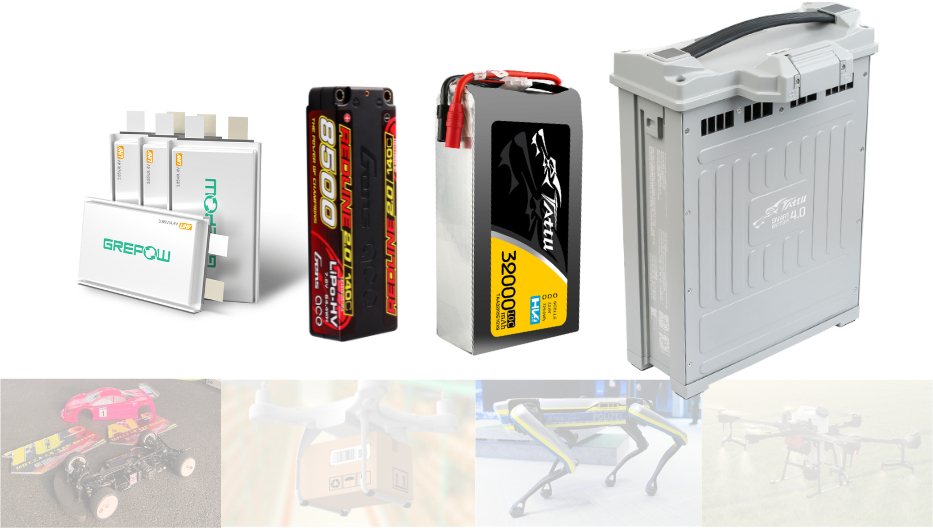
High Voltage Batteries: Basics & Applications Guide
2025-02-28 -

Semi Solid State Battery vs Lifepo4 Battery: What's the Difference?
2025-01-20 -

How Drone Light Shows Are Created and Key Battery Power Requirements
2024-10-21














































